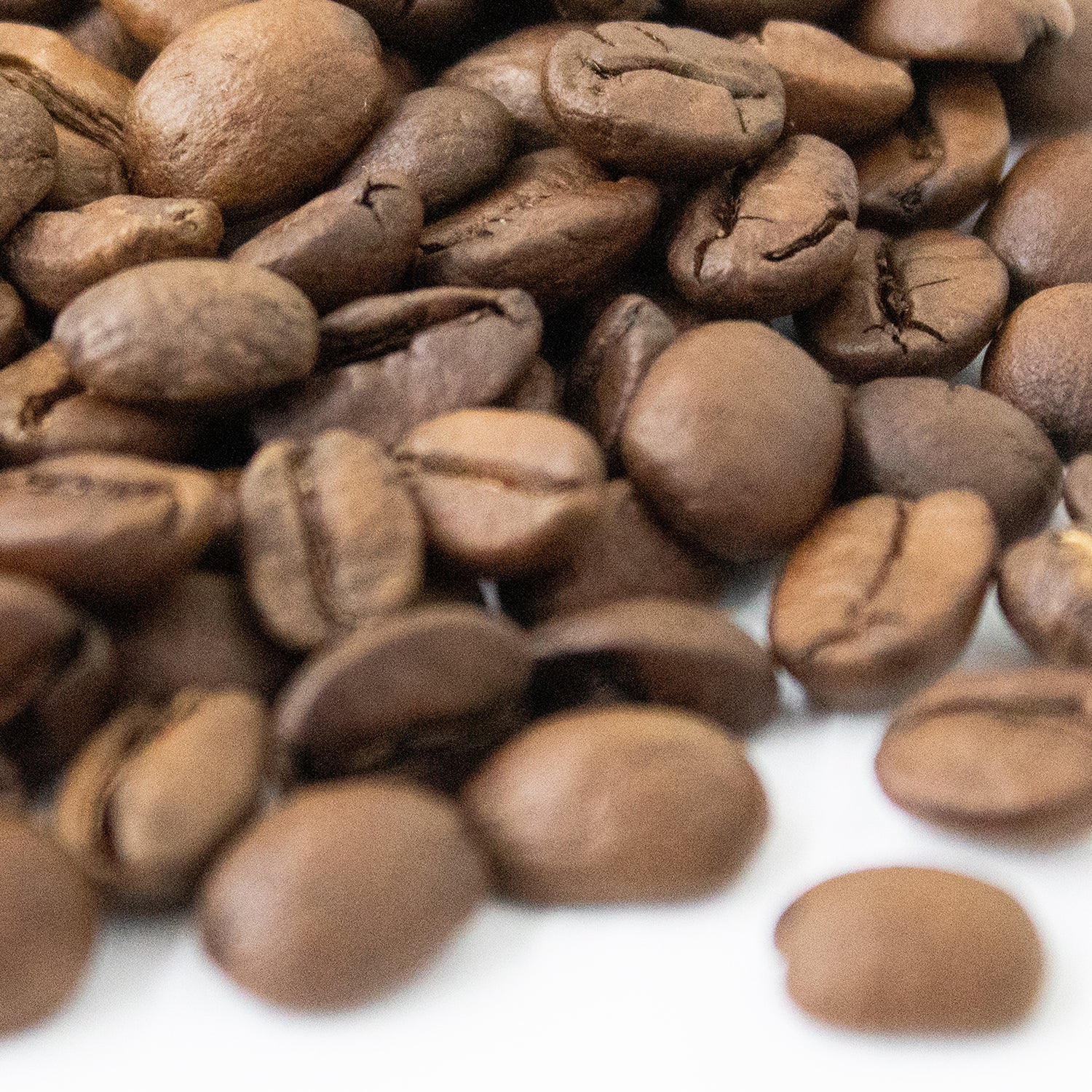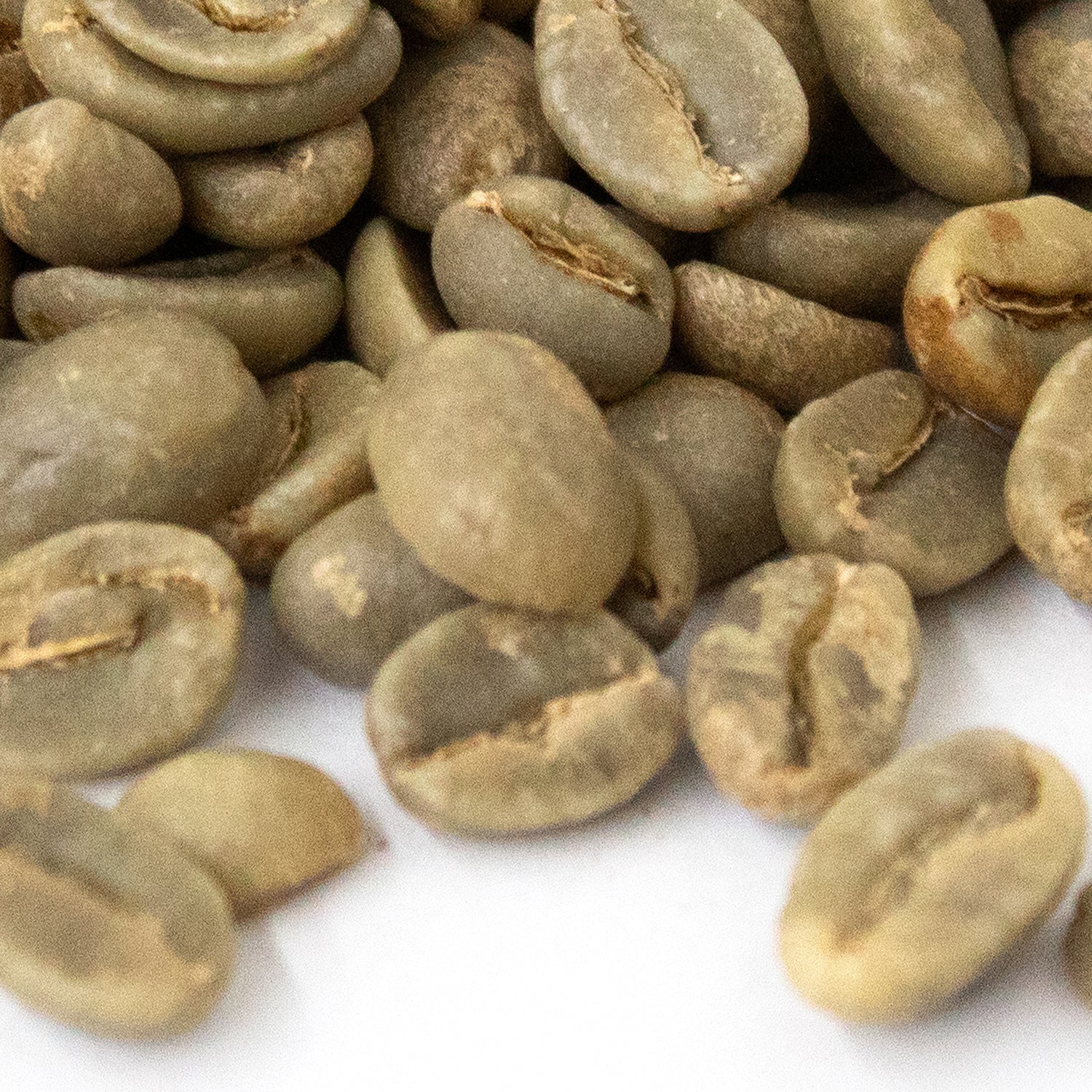Central American
Costa Rica Naranjo Honey Process
Costa Rica Naranjo Honey Process
This one is a great story. This crop is all from one farmer's field, up in the highlands of Naranjo. He "honey processed" this lot of coffee by hand which means the "honey" (the fruit pulp) was left on the coffeebean in order to give it an extra dimension of flavor and sweetness. Only 9 bags were produced like this, and we bought 2 of them. There were a handful of similar options for sale, but we had to choose one based on limited information because all the little lots were going to sell out long before they made it into the port. After the lots arrived in the US, the coffee trader called me up and said, "nothing to worry about, yours is the best one that came in, when I tasted it I said, "I'm glad Matt is getting this one." So there you go. We got lucky.
It is uncommon to get a honey processed coffee out of Costa Rica, which usually only exports washed process beans. This crop was harvested in February 2014 and received in the USA in May 2014.
It has really heavy body for a honey processed coffee, which is nice. The undertones of plum and cherry are not overpowering, but just right. You have to think about it a little bit, but it's definitely there. The real selling point is that it is a light roast coffee without sour or overly bright tones. The overall smoothness and sweetness in the coffee is enjoyable. It's what I would describe as being a "soft" coffee.
By definition, a honey coffee has had the sugars of the coffee fruit imbued into the pit during the processing, so it is a delicate bean that is susceptible to scorching. Home roasting units won't have a problem, but if you have a large drum roaster, don't preheat it above 350 degrees, and go lower if you can. Then nudge the heat up gently, evenly, get it through the 1st cracks, maybe wait 30 seconds more, let it out. If in doubt, err on the side of being too light. Keep the roast under 15 minutes. If the bean temp gets over 400 degrees you start burning the sugars.








